Ralph Mackridge and Jill Millar
Pudsham
A small two acre meadow at over 300 metres altitude.
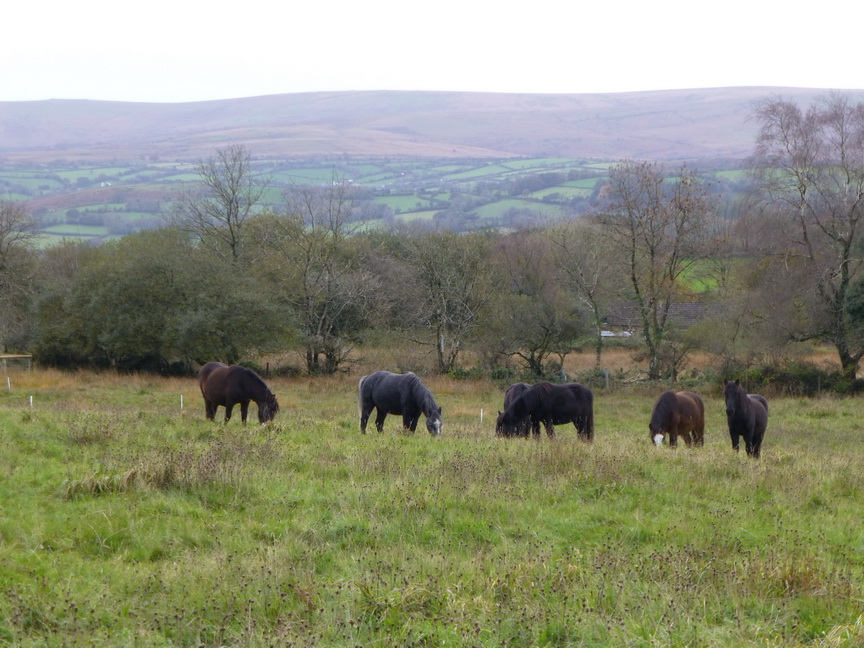
Jill and I bought the field in 2012. It’s been a great adventure: a source of delight and lots of thought. From the outset, we’ve had half a dozen ponies put into the field in late autumn that stay for about six weeks. After the ponies have left the field looks bashed up: brown, tightly grazed and scuffed all over.
At over 300 metres altitude, spring comes late; the most visible changes during the long winter months are the number of mole hills that keep on appearing. All this is good news for the wild flowers, of course, with the tough grasses being knocked back and plenty of bare ground for seeds to germinate and thrive. It’s certainly been excellent for the spread of Yellow Rattle, which at first hardly had any presence, but after a couple of autumn sowings has now become abundant.
The field isn’t at all uniform, consisting of many interlinked, overlapping zones, where the flora varies, reflecting (I suppose) the degrees of wetness, depth of soil and availability of nutrients.
The diversity is enhanced by the rough field boundaries, with three sides consisting of unkempt hedges, including a number of maturing trees and plenty of gorse and bramble.
Added to that mixture there’s a large and very boggy tangle of willows in one corner. On less than 2.5 acres it is difficult to have it all.
Bracken appears to be a fact of life, as it marches out from one of the field boundaries, giving us the summer entertainment of bracken pulling, or, once the orchids have set seed, bashing the stuff. I think we’ve managed to hold it at bay.
Conservation is about outcomes. You choose your desired outcome and work towards that, using the appropriate methods.
Uncertainty reigns, of course: things don’t always work out as you’d planned, and I don’t have the time and resources to do all I’d like to. Still, the outcomes seem pretty good. As well as a good range of typical grassland flowers there are the orchids, hundreds and hundreds of them during June. Southern Marsh are the most common, but there’s a spectacular showing every year of Greater Butterfly, some Heath Spotted and a few – very few – Twayblades. And on a warm summers’ day the grass is buzzing with abundant insect life.
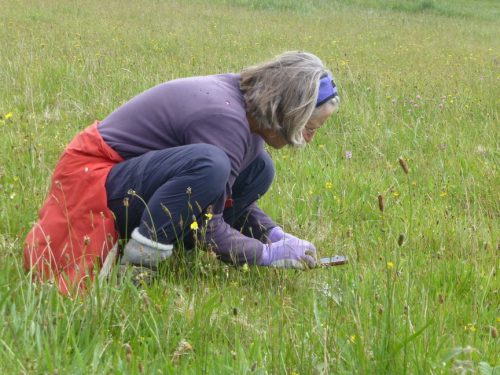
When you see, hear and feel life rioting in front of you everything seems worthwhile.
The Dartmoor Preservation Association (DPA) purchased this meadow from Jill and Ralph in 2019.
Other "Me and my Meadow" stories
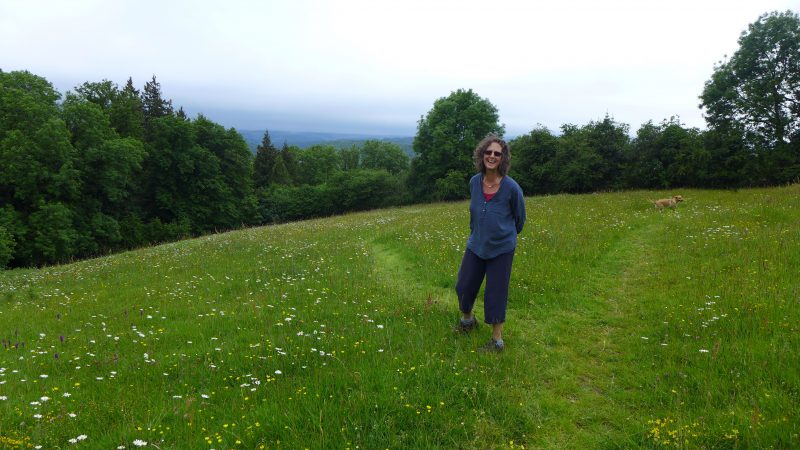
Mary and Charles Staniland
Buckland-in-the-Moor
Four acres of species-rich meadows at Buckland-in-the-Moor that were just waiting for a change in the management in order to reveal their natural treasures.
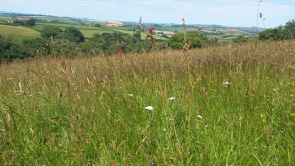
Charlotte Oliver
South Hams
Charlotte's managing her fields as hay meadows and is rewarded with orchids, sweet hay and a host of insects, moths and butterflies.
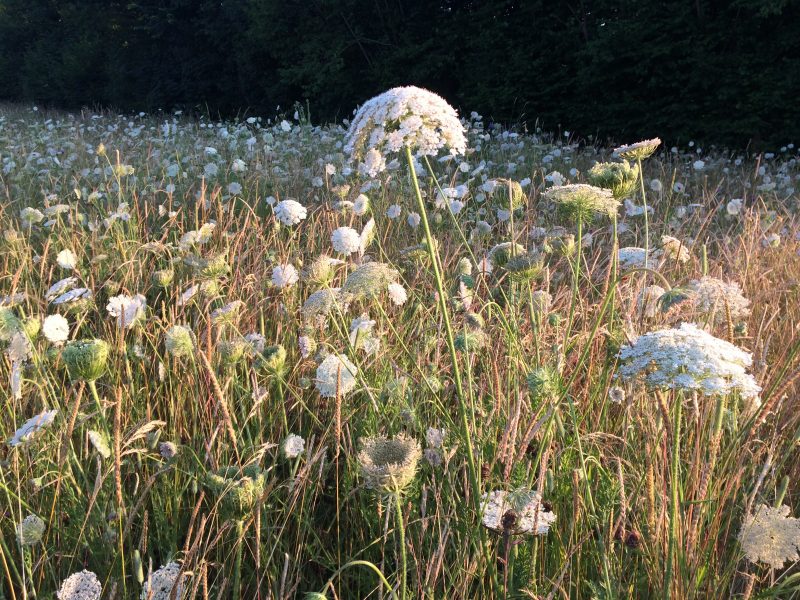
Charlotte Parton and David Jenkinson
Broadhempston
The creation of a garden wildlife haven - a new wildflower meadow and nature pond, starting from scratch.

Nicky Scott’s green roof
Chagford
A meadow on a roof, inspired by those found on wooden cabins in Norway.
